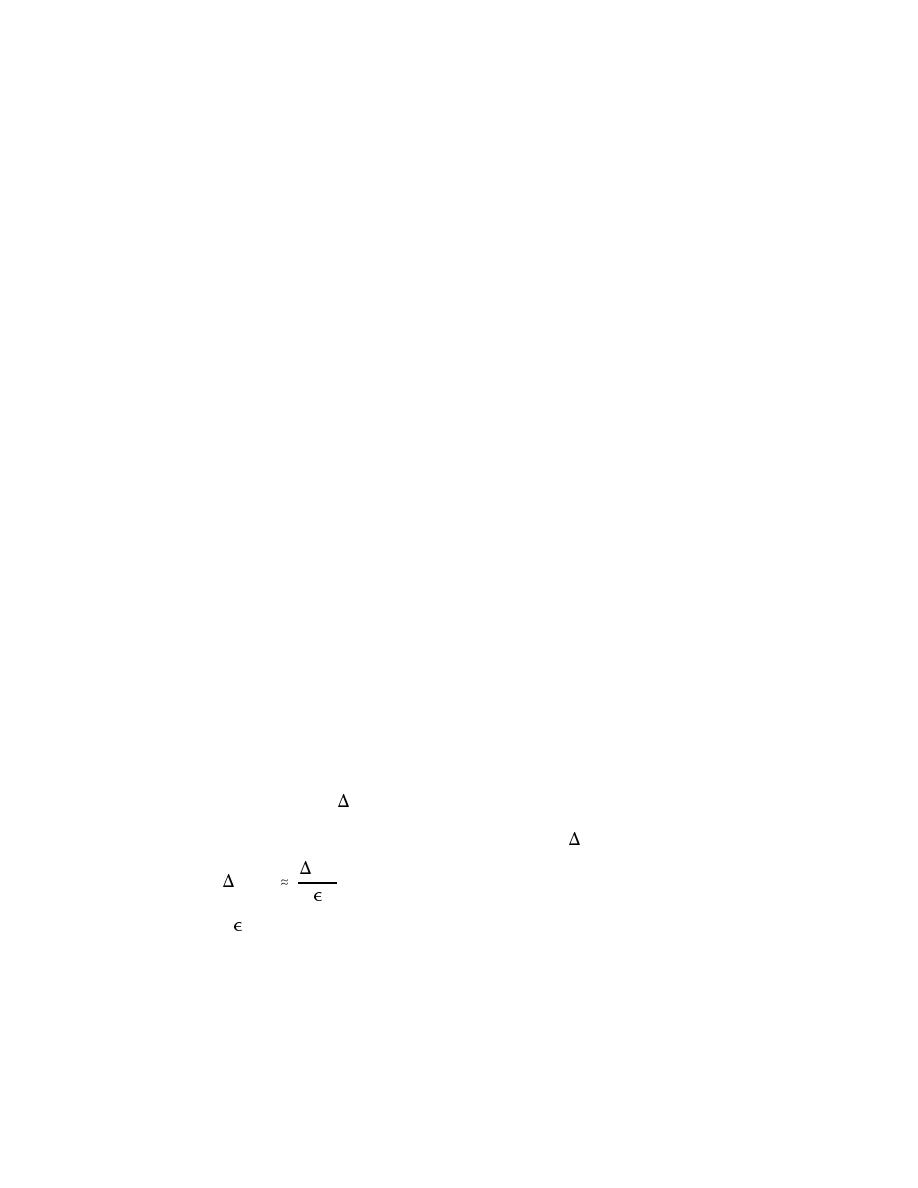 |
||
|
|
||
|
Page Title:
Model for Short-Term Cap Losses--Advection During Cap Consolidation |
||
| |||||||||||||||
|
|
 For simplicity and conservatism, the sediment underlying a cap may be assumed
to remain uniformly contaminated at the concentration levels prior to cap place-
ment. In reality, migration of contaminants into the cap reduce the sediment
concentration and the long-term flux to the overlying water. The consideration
of this situation, however, complicates the analysis and the models used to
describe contaminant flux. Analytical models are presented for the case of
constant concentration in the underlying sediment. The results of a numerical
model that incorporates the depletion of the underlying sediment concentrations
are referenced for comparison.
Model for Short-Term Cap Losses--Advection
During Cap Consolidation
After placement of capping materials, consolidation of both the cap and the
underlying sediment occurs. Consolidation of the cap results in no contaminant
release since the cap is initially free of contamination. Furthermore, the con-
solidation of the cap serves to reduce the permeability and, to a lesser extent, the
porosity of a cap. Both serve to reduce contaminant migration through the cap
by both diffusive and advective processes.
Consolidation of the underlying sediment due to the weight of the capping
material, however, tends to result in expression of pore water and the contami-
nants associated with that water. The ultimate amount of consolidation may be
estimated using standard methods; for example, the previously referenced PCD
model. The consolidation of the underlying sediment is likely to occur over a
short period (e.g., months) compared with the lifetime of the cap. It is appro-
priate, therefore, to assume that the consolidation occurs essentially instantane-
ously and estimate the resulting contaminant migration solely on the basis of the
total depth of consolidation and the pore water expressed. For a nonsorbing
contaminant, the penetration depth of the chemical is identical to that of the
expressed pore water. For a sorbing contaminant, the penetration depth is less as
a result of the accumulation of chemical on the sediment.
underlying contaminated sediment due to cap placement, the depth of cap
affected by this pore water (or nonsorbing contaminant), Lsed,pw, is given by
Lsed
Lsed,pw
(B10)
where is the porosity of the cap materials. The division by the cap porosity
recognizes that the expressed pore water moves only through the void volume
formed by the spaces between the grains of the capping material. Equation B10
assumes that the capping material is spatially uniform and that pore water is not
preferentially forced through a small fraction of the total cap area.
Although the depth of cap affected by the expressed pore water is given by
Equation B10, the migration distance of a sorbing contaminant is less due to
B5
Appendix B Model for Chemical Containment by a Cap
|
|
Privacy Statement - Press Release - Copyright Information. - Contact Us - Support Integrated Publishing |